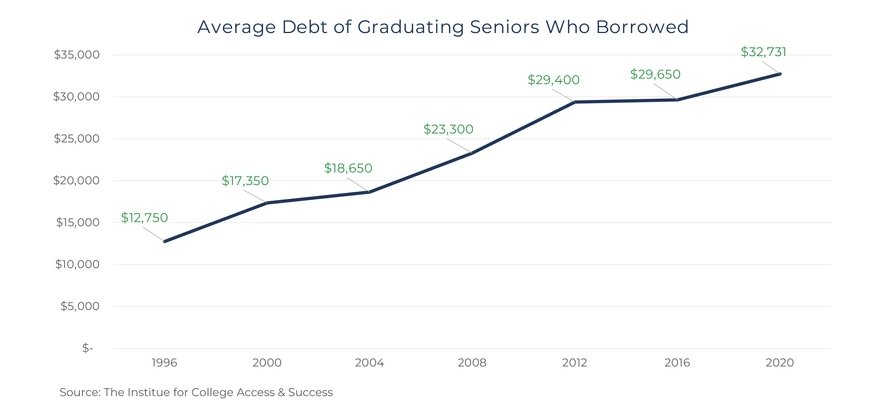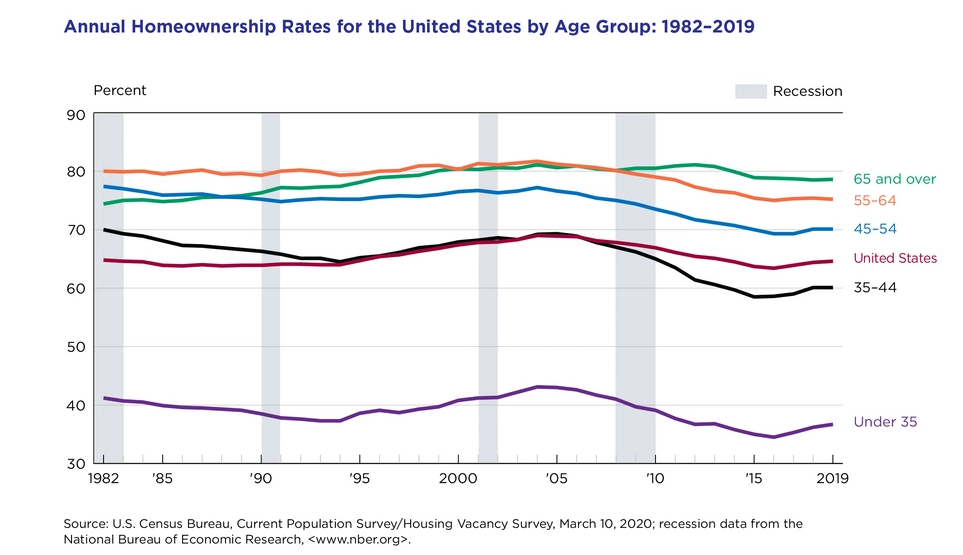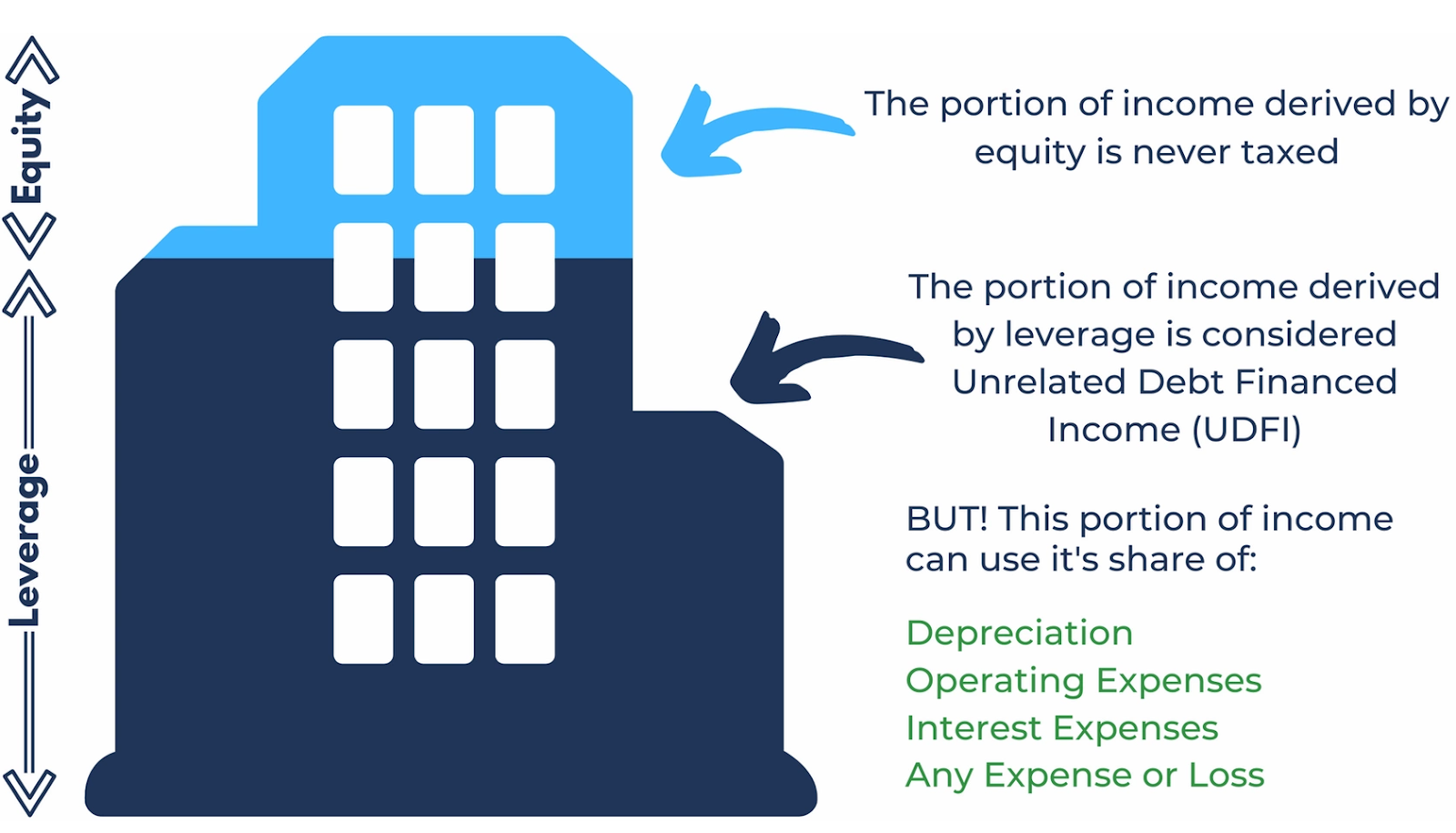LEsson Series
Real Estate Investing 101
From real estate expert Josh Plave of Wall to Main
The benefits of multifamily investments
How UDFI & UBIT affect your Self-Directed IRA
The benefits of real estate syndications
Meet Josh

Josh Plave from Wall to Main reveals the real estate and multifamily investing strategies that he has used to accelerate the growth of his family's capital, having started with retirement accounts at the age of 16. With his free-to-use lessons and video, Josh has guided many investors on a successful path to building and maintaining their personal wealth.
Josh is a fantastic Rocket Dollar Partner, as his students are often the most prepared Rocket Dollar customers!

Part 1
Intro to Passive Investing

Part 2
Multifamily

Part 3
UDFI & UBIT

Part 4
Syndication
Part 1:
Intro to Passive Investing
If you’re anything like us, you’ve driven around town, looked out at all the buildings lining Main Street, and wondered to yourself – who owns all these? The offices, the retail stores, your local Starbucks. Or maybe, on the other hand, you’ve thought about buying a home or two and renting it out, but think the idea of being a landlord and answering broken toilet calls at 2 am isn’t necessarily the most enticing proposition.
Well, that’s where passively investing in multifamily syndications comes into play. First, by investing passively, we can gain the benefits of owning a rental property, without actually having to be a landlord ourselves. And by investing in multifamily, we can join dozens of other investors to collectively own and operate the apartment buildings in various communities around the country.
So to get an idea of how many multifamily investments work, let’s start with the concept of a syndication. We’ll dive even deeper in a few videos, but to keep it at a high level, this is when multiple investors, oftentimes 30 or more people, come together to collectively buy an asset. This group of investors comes together to put a down payment on a property, just like you would on a home. Then, a lender provides the group with a loan for purchase, again…just like buying a home. In essence, a syndication is a way to buy an asset, just like a single-family home, but allows investors to come together to invest in larger and more strategic opportunities.
In our case, that asset is apartment complexes. By buying such a large property, we are buying a business, not just the underlying asset. In purchasing multifamily properties that are struggling and not keeping an eye on their competitors, we can turn a complex around, and provide great value for tenants, slowly increasing the value of our initial investment.
Syndications are organized by the deal sponsors. This is the group of investors who will make the decisions and run the property. Also known as the General Partners, this group ranges in size from 3 to maybe 7 people and is made up of professionals who bring a diverse background of expertise, ranging from our asset manager who handles the day to day, to data analytics and marketing professionals who help keep an eye on the surrounding market and ensure our competitiveness with nearby properties.
The majority of investors in a syndication are passive investors, known as Limited Partners. Limited partners aren’t involved in the decision-making process, but get to benefit from all the aspects of owning a real asset, like paper losses such as depreciation, or the cash flow that is generated by rental income. And that part is key. Oftentimes referred to as “mailbox money”, cash flow is the income you receive, typically on a quarterly basis. As a passive investor, every quarter you would receive your share of the property’s profit. Let’s say you invest enough that you end up owning 5% of the entire property. Well if the property clears $100,000 for the quarter, you would receive a check for $5,000.
Now how do you end up owning 5% of a property? Varying investment amounts are always accepted, with typical minimums ranging between $50,000 and $75,000.
And this brings us to our favorite aspect of being a passive investor: the total transparency and communication involved with an investment. Every month, you’ll receive an email from the property’s General Partners. This email will detail everything about the property, ranging from ongoing construction, to lease up efforts. Supply chain issues are even covered – you’ll hear about incoming shipments for roofing tiles, or the new stoves being installed in all the units. You’ll hear about it all, the good, the bad, and the ugly – but as a passive investor, you don’t have to worry about taking care of any of it in the middle of the night. And if you’re a numbers person, the monthly financials are always provided so you can keep a close eye on how things are progressing.
Passive investing is a fantastic way to invest in America’s Main Street. Buying a real asset, without any of the hassles of managing it yourself.
Ready to let your money do the all hard work and generate returns for your family?
Part 2
Multifamily
Let’s explore multifamily investing, and uncover why we at Wall to Main have chosen to focus our attention on this asset class. Simply put, it begins with demographics. There is a dramatic shift currently ongoing, split across two age groups that heavily favors apartment buildings.
Millennials and Gen-Z are racking up increasing levels of student debt, with average debt per student on the rise since the mid-90s, resulting in over $1.6 trillion of total student debt by 2020. This in turn impacts the ability to buy a home.

Since 2004, homeownership rates among those under 35 have dropped significantly, with those between the ages of 35 and 44 seeing an even bigger decline. Additionally, millennials have been found to favor flexibility in lifestyle more heavily than any other generation. This generation prefers to have the choice of moving, whether it’s between cities, or possibly to a more urban location within the same metro. All of this leads to increased renting rates and a larger pool of tenants for multifamily properties.
 On the flip side, we’re finding similar behavior from Baby Boomers. Take a look at the top two lines. In the last 20 years, homeownership rates among Baby Boomers have dropped over 5%, as they too want increased flexibility as they settle into retirement. Cashing in on the home they raised their family in, Baby Boomers are heading south and transferring their wealth to warmer environments. And for every 1% that the homeownership rate drops, one million new renters appear in the market.
On the flip side, we’re finding similar behavior from Baby Boomers. Take a look at the top two lines. In the last 20 years, homeownership rates among Baby Boomers have dropped over 5%, as they too want increased flexibility as they settle into retirement. Cashing in on the home they raised their family in, Baby Boomers are heading south and transferring their wealth to warmer environments. And for every 1% that the homeownership rate drops, one million new renters appear in the market.
This means that in just the last ten years, across all demographics, approximately 10 million new households have begun renting. And unfortunately, with the economic pinch that we’re likely to feel after 2020, the number of renters unable to purchase a home is only likely to rise from here. By 2025, an estimated 500,000 new rental households are expected annually, while only 300,000 new units have been built every year for the last three.
Limited supply and increasing demand look to continue to push rents up. At Wall to Main, we plan to align ourselves with these patterns by investing fully in multifamily.
Prior to this emerging shift, multifamily has proven itself to be an incredibly stable asset class. Let’s take a look at annual growth over the past 30 years for a few different asset classes. Since 1990, multifamily as an industry has seen returns that resulted in 58% less volatility than the S&P 500.
Part 3:
UDFI & UBIT
Did you know that in certain situations, your Self-Directed IRA can incur taxes? While you might be wondering how a retirement account can generate taxable income, it’s important to understand the underlying concepts and the impact they may have in order to make the right investing decisions.
Unrelated Debt-Financed Income (UDFI)
To begin, we need to learn what Unrelated Debt-Financed Income is, and when it can rear its ugly head. For a better understanding, let’s break up the phrase. Starting with unrelated, in this situation, it means “not yours” aka - not from your retirement account. In other words, you’re bringing in funds from elsewhere. Debt financing is pretty obvious; it just means deriving from debt or a loan. And finally, we have income. So in the whole, UDFI means any income derived from using debt brought in from outside your retirement account.
When Congress created the IRA in 1974, the intent was to incentivize you to use tax-deferred dollars to save for your future self. By using borrowed money from a bank or lender, your tax-deferred dollars are benefitting from the use of non-tax-deferred dollars. The IRS is okay with this, they just require you to pay tax on this type of behavior.
Luckily, the high paper losses generated by real estate can help offset your tax burden. To get a feel for this, let’s take a look at this hypothetical investment we’ll be making with our Self-Directed IRA. We made a 25% down payment, illustrated up top in light blue to signify the equity we have in the project. The remaining 75% of the deal is leveraged, utilizing debt from a lender.

Part 4
Syndication
Now it’s time to discuss the concept of syndication. We’ll keep it nice and simple because overall, the idea of a syndication really is pretty simple. The complicated parts that involve SEC regulations are best left to the SEC attorney, who provides the entire project with sound legal counsel.
The Team
The SEC attorney is just the first person that we can talk about when covering who is involved in a syndication. This is one of the biggest things we love about multifamily investing. There are dozens of eyes looking at a deal to make sure it’s not only a sound investment but that everything goes smoothly.
We’ve mentioned the SEC attorney, but the deal also has a CPA, as well as a standard attorney for non-SEC-related matters. There’s often a loan broker to find us the best loan terms, and an insurance broker to find us the best insurance terms. Then there are the lender themselves and all of their underwriters, not to mention the title company. As a passive investor, by the time you might see a deal, anywhere from 15 to 20 trained professionals have poured over the numbers and already conducted hundreds of hours of due diligence.
The Due Diligence
Speaking of due diligence, the bulk of this task lands on the General Partners of the deal. As general partners, we work with brokers around the country to track down the opportunity in the first place. Then we work to put the deal under contract, negotiate favorable terms for all investors involved, and before the deal closes we work with dozens of professionals to dial in our underwriting. We establish a proforma (forecasted) budget with the property manager that will conduct the day-to-day operations. We work with local tax professionals to nail down expected taxes over the life of the project. Contractors are bought in to establish a rehab budget and timeline for interior and exterior renovations.
Through all of this, weeks are spent calling local government agencies to determine zoning, economic progress, as well as future plans in the works. The local police are consulted for crime rates and we even get their feelings on the area. If there’s a local department that we can gain some insight from, we call them.
The Deal
Once due diligence is complete, we begin to structure the deal. As we’ve mentioned before, there are two types of investors. General Partners and Limited Partners. General Partners make the decisions and manage the property and limited partners are kept up to date while sharing in the wins and losses.
Because there are two types of partners in the deal, there are two types of shares. Class A shares are held by the Limited Partners. These types of shares are paid first. Class B shares are held by the General Partners and only share in the profits if established criteria are met and satisfied for the Class A shares. A typical syndication will see 70% of all ownership as Class A shares, with 30% as Class B. This means if the deal makes $10, Class A gets $7, and Class B gets $3.
The Process
Now that we understand the structure of a syndication, let’s move into the steps it takes to passively invest in an opportunity. When a deal is ready, a webinar is held for all potential investors. In it, the General Partners outline the details of the opportunity and answer all investor questions that come across. Additionally, investment minimums and wire deadlines will be covered. After, investors who are interested in the offering get in touch with the contact that invited them to the webinar and inform them of their interest and the total investment amount they’ll be making.
At this point, you would receive three documents, typically all wrapped into one. These documents are the Private Placement Memorandum, the Partnership Agreement, and the Subscription Agreement. These three documents are lengthy, legal documents that cover everything about the offering. In it, they'll detail who’s involved and what the roles and responsibilities of each manager are. Additionally, they’ll cover the risks with that particular investment, as well as your position in the project as a passive investor.
The vast majority of the language is boilerplate from deal to deal and addresses SEC regulations that are common between deals. But there are specific sections pertaining to each particular opportunity that is worth taking a look at. If you have questions about the investment, you can always turn to the general partner you know organizing the deal. And if you have questions on the wording and what specific items within the three documents mean, we suggest turning to trusted legal counsel who is familiar with real estate investing, namely, syndications.
Once you’ve reviewed the documents, feel comfortable with the opportunity, and have determined how much you want to invest in the deal, you’ll sign the documents and follow the wiring instructions provided to you. Keep in mind that wiring funds ahead of completing the documents does not secure a place in the deal. Only once both pieces are completed is your place in an investment considered finalized.
Once both of those steps are completed, you’re considered a Limited Partner of the deal! No more work is required from you and you can sit back and await monthly property updates from the general partners, in addition to any returns that result from your investment.


